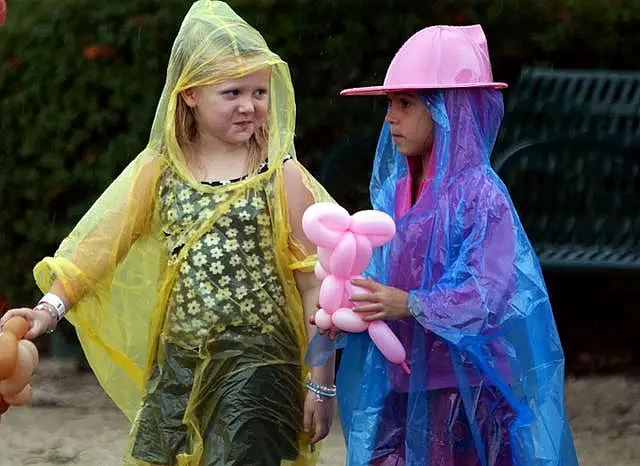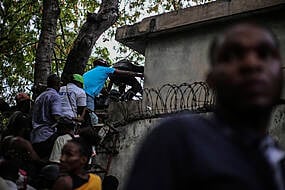Florida is gearing up for what could be its biggest evacuation in seven years as Hurricane Milton strengthens over warm waters and heads toward major population centres including Tampa and Orlando.
About seven million people were urged to evacuate Florida in 2017 as Hurricane Irma bore down on the state.
The exodus jammed freeways, led to hours-long lines at gas stations that still had fuel and left evacuees frustrated and, in some cases, vowing never to evacuate again.
Hurricane Milton was centred late Sunday night about 230 miles west-northwest of Progreso, Mexico, and 765 miles west-southwest of Tampa with maximum sustained winds of 90 mph, the National Hurricane Centre reported.
While forecast models vary widely, the most likely path suggests Milton could make landfall on Wednesday in the Tampa Bay area and remain a hurricane as it moves across central Florida into the Atlantic Ocean.
That would largely spare other southeastern states ravaged by Hurricane Helene, which caused catastrophic damage from Florida into the Appalachian Mountains and a death toll that rose on Sunday to at least 230 people.
Mexico’s Yucatan Peninsula, the Florida Peninsula, the Florida Keys and the northwestern Bahamas should monitor the system’s progress, the hurricane centre said.
Heavy rainfall was expected on Sunday ahead of the hurricane and likely will then combine with Milton’s rainfall to flood waterways and streets in Florida, where forecasters said up to a 30 centimetres of rain could fall in places through Wednesday night.
Building on lessons learned during Irma and other previous storms, Florida is staging emergency fuel for gas vehicles and charging stations for electric vehicles along evacuation routes, Kevin Guthrie, executive director of the Florida Division of Emergency Management, said at a briefing.
“We are looking at every potential, possible location that can potentially house someone, as what we refer to in emergency management, as a refuge of last resort,” Guthrie added.
Hurricane Milton is intensifying rapidly and will likely be a major hurricane before slamming into the storm-ravaged Gulf Coast midweek.
Florida Governor Ron DeSantis said on Sunday that while it remains to be seen where Milton will strike, it is clear the state is going to be hit hard.
“I don’t think there’s any scenario where we don’t have major impacts at this point,” he said.
“You have time to prepare — all day today, all day Monday, probably all day Tuesday to be sure your hurricane preparedness plan is in place,” Mr DeSantis said.

“If you’re on that west coast of Florida, barrier islands, just assume you’ll be asked to leave.”
The St Petersburg-Tampa Bay area is still cleaning up extensive damage from Helene and its powerful storm surge. Twelve people perished as Helene swamped the coast, with the worst damage along the narrow, 20-mile string of barrier islands that stretch from St Petersburg to Clearwater.
Mr DeSantis expanded his state of emergency declaration Sunday to 51 counties and said Floridians should prepare for more power outages and disruption, making sure they have a week’s worth of food and water and are ready to hit the road.
“We are preparing … for the largest evacuation that we have seen, most likely since 2017, Hurricane Irma,” Mr Guthrie said.
As many as 4,000 National Guard troops are helping state crews to remove debris, Mr DeSantis said, and he directed Florida crews dispatched to North Carolina in Helene’s aftermath to return in preparation for Milton.
“All available state assets … are being marshalled to help remove debris,” DeSantis said. “We’re going 24-7 … it’s all hands on deck.”
FEMA Administrator Deanne Criswell defended her agency’s response to the Hurricane’s destruction after Republicans’ false claims, amplified by former president Donald Trump, created a frenzy of misinformation across devastated communities.
“This kind of rhetoric is not helpful to people and it’s really a shame we’re putting politics ahead of helping people,” she told ABC’s George Stephanopoulos.
It has created fear and mistrust among residents against the thousands of FEMA employees and volunteers on the ground across the southeast, she said.







